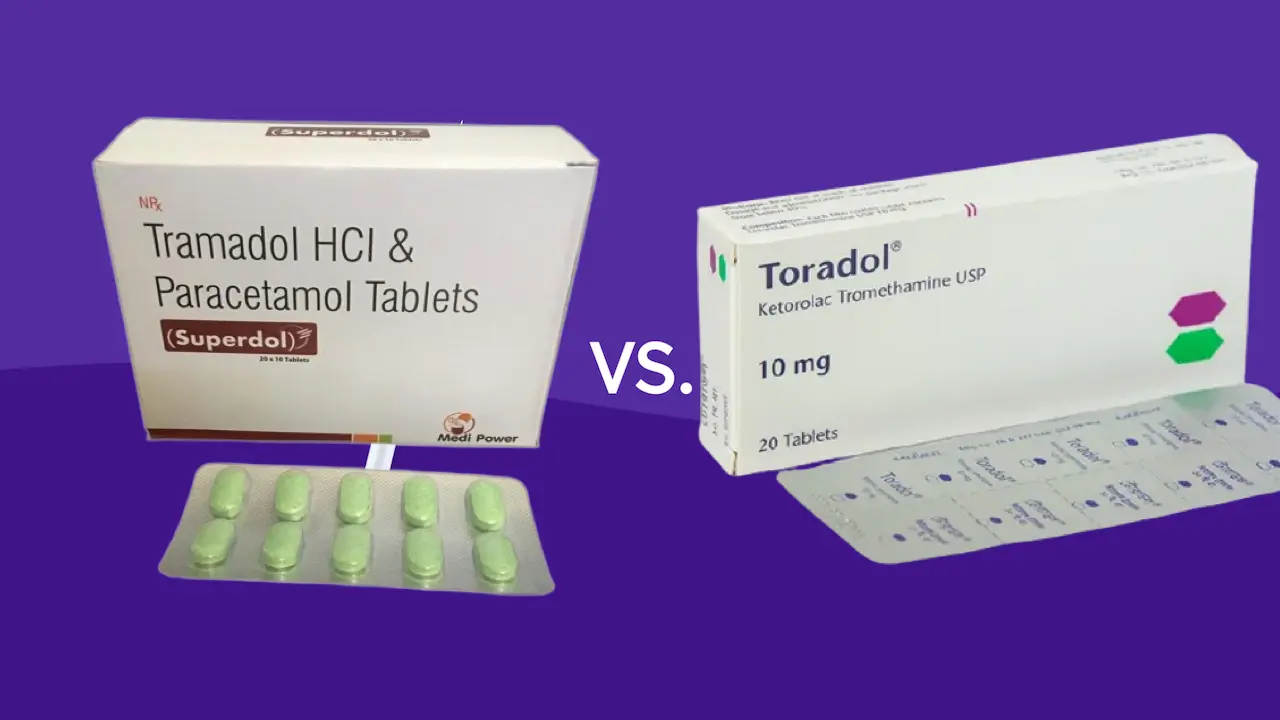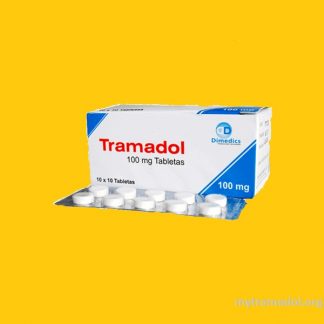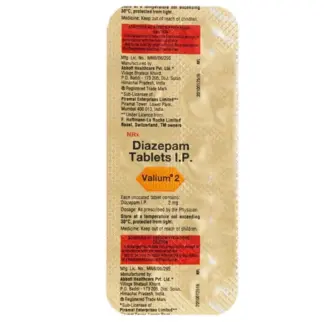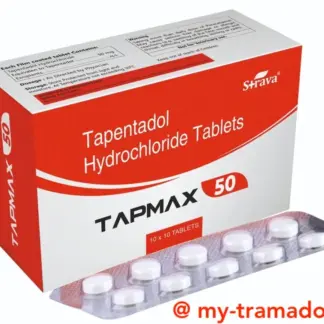
healthcare professionals have a wide range of options to choose from, each with its unique characteristics and considerations. Among these options are Toradol (ketorolac) and Tramadol, two widely prescribed pain relievers that have garnered significant attention. While both medications are effective in providing pain relief, they differ in their mechanisms of action, side effects, and appropriate use cases. let’s Exloper With My Tramadol, the nuances of Toradol vs Tramadol, shedding light on their respective strengths and limitations.
What is Toradol (Ketorolac):
Toradol, also known as ketorolac, is a nonsteroidal anti-inflammatory drug (NSAID) that belongs to the class of medications called non-steroidal anti-inflammatory drugs. It works by inhibiting the production of prostaglandins, which are chemical messengers responsible for promoting pain, inflammation, and fever. Toradol is primarily used for the short-term treatment of moderately severe acute pain, such as post-operative pain or pain associated with injuries or medical conditions.
What Tramadol:
Tramadol, on the other hand, is a synthetic opioid pain reliever that acts on the central nervous system. It works by binding to specific receptors in the brain and spinal cord, altering the perception of pain signals. Unlike traditional opioids, Tramadol has a unique mechanism of action that also involves inhibiting the reuptake of neurotransmitters like serotonin and norepinephrine, contributing to its analgesic effects. Tramadol is commonly prescribed for the treatment of moderate to severe chronic pain conditions.
Efficacy and Pain Relief:
Both Toradol and Tramadol have demonstrated effectiveness in providing pain relief, but their applications and potency differ. Toradol is typically used for short-term management of acute pain, such as post-operative pain or pain associated with injuries or medical conditions. It is particularly effective in reducing inflammation and associated pain. Tramadol oral tablets , on the other hand, is primarily used for the management of moderate to severe chronic pain conditions, such as osteoarthritis, neuropathic pain, and cancer-related pain.
Side Effects and Safety Profiles:
As with any medication, both Toradol and Tramadol carry the risk of side effects. Common side effects associated with Toradol include nausea, vomiting, headache, and gastrointestinal discomfort. Prolonged use or high doses of Toradol can also increase the risk of cardiovascular events and gastrointestinal bleeding. Tramadol’s side effects can include nausea, dizziness, constipation, and drowsiness. Additionally, Tramadol is a controlled substance, carrying the potential for abuse, dependence, and withdrawal symptoms if misused or abruptly discontinued.
Contraindications and Precautions:
Toradol should be used with caution in patients with a history of gastrointestinal ulcers, bleeding disorders, or kidney disease. It is generally not recommended for long-term use due to the increased risk of adverse effects. Tramadol extended release is prescription drugs, on the other hand, should be used cautiously in patients with a history of substance abuse, liver or kidney disease, or those taking certain medications that can interact with it, such as selective serotonin reuptake inhibitors (SSRIs).
Patient Considerations:
When prescribing either Toradol or Tramadol, healthcare providers must carefully consider individual patient factors, such as age, comorbidities, and concomitant medications. Proper patient education on the appropriate use, storage, and disposal of these medications is crucial to ensure safe and effective treatment.
Toradol vs Tramadol: Overview
| Characteristic | Toradol (Ketorolac) | Tramadol |
|---|---|---|
| Drug Class | Nonsteroidal anti-inflammatory drug (NSAID) | Synthetic opioid analgesic |
| Mechanism of Action | Inhibits prostaglandin production | Binds to opioid receptors, inhibits neurotransmitter reuptake |
| Indications | Short-term treatment of moderately severe acute pain | Moderate to severe chronic pain, relieve pain |
| Common Side Effects | Nausea, vomiting, headache, GI discomfort, allergic reaction | Nausea, dizziness, constipation, drowsiness |
| Contraindications/Precautions | History of GI ulcers, bleeding disorders, kidney disease | Substance abuse history, liver/kidney disease, drug interactions |
| Controlled Substance | No | Yes |
| Where To Order Online? | Out Of Stoke | Buy Tramadol Online |
above table provides a concise comparison of Toradol and Tramadol based on their drug class, mechanisms of action, indications, common side effects, contraindications and precautions, and controlled substance status.
Conclusion:
Toradol and Tramadol are both valuable options for pain relief, but their distinct characteristics make them suitable for different pain management scenarios. Toradol is a potent NSAID primarily used for short-term treatment of moderately severe acute pain, while Tramadol is a synthetic opioid analgesic commonly prescribed for moderate to severe chronic pain conditions. Healthcare providers must carefully evaluate each patient’s unique circumstances, weigh the potential benefits and risks, and provide proper education on the appropriate use of these medications. By understanding the nuances of Toradol vs Tramadol, healthcare professionals can make informed decisions and ensure optimal pain management for their patients.




